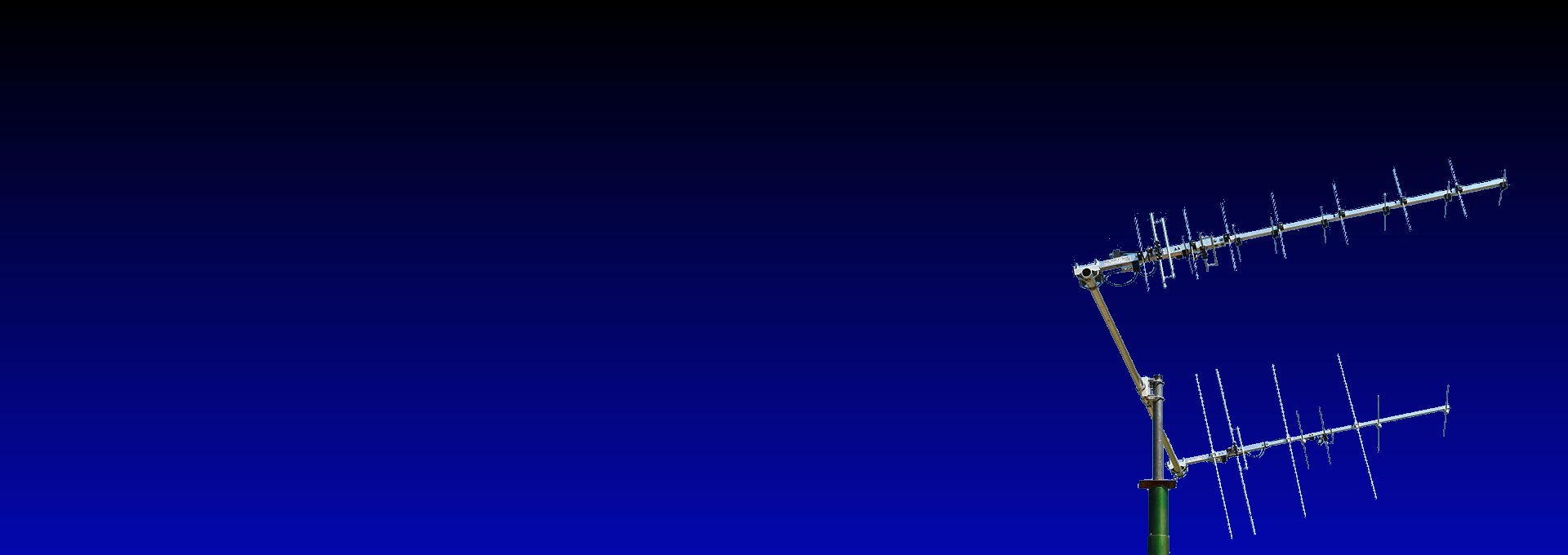Reaching for the Stars: An Introduction to Amateur Radio Satellite Communications
The thrill of bouncing your voice off a satellite and hearing someone reply from across the country — or even the world — is one of amateur radio’s most exciting frontiers. While it might sound like science fiction, amateur radio satellite communications are accessible, rewarding, and growing in popularity.
What Are Amateur Radio Satellites?
Amateur radio satellites — often called “birds” — are specially designed satellites launched into orbit for use by licensed ham radio operators. These satellites are typically placed in Low Earth Orbit (LEO), circling the planet every 90 minutes or so. Others, like Qatar’s QO-100, sit in geostationary orbit and provide 24/7 access over massive regions.
Once launched, these satellites act like repeaters in space, receiving signals from one station and retransmitting them to another — often hundreds or thousands of miles apart. This makes worldwide contacts possible with just a few watts of power and a small directional antenna.
How It Works: Uplink, Downlink, and Timing
Each satellite operates on a specific uplink (transmit) and downlink (receive) frequency pair, usually in different bands to prevent feedback. For example, a common configuration is transmitting on 2 meters (VHF) and receiving on 70 centimeters (UHF).
Because LEO satellites travel fast, they’re only above the horizon for brief “passes” — typically 5 to 20 minutes. Hams use tracking software and satellite prediction tools to plan these windows and aim their antennas accordingly.
Polarization: Why Circular Matters
Many satellites use circular polarization — either right-hand (RHCP) or left-hand (LHCP). Using a linearly polarized antenna (vertical or horizontal) can result in up to 20 dB signal loss if the polarization doesn’t match. Worse, satellite orientation changes during each pass, causing polarization to drift. Circularly polarized antennas minimize these losses and offer consistent signal quality throughout the pass.
Satellite QSOs Without the Fancy Shack: Handhelds and Arrow Antennas
Yes — you can absolutely work amateur satellites with just a handheld radio and a directional antenna. Many hams start this way, and some never upgrade, choosing instead to operate portable or “rover” style. All it takes is a good pass, some basic gear, and a bit of practice.
💡 What Makes a Handheld Radio Good for Satellite Use?
- Dual-band VHF/UHF: Almost all FM satellites require operation on both 2 meters and 70 centimeters.
- Cross-band split capability: The ability to transmit on one band while receiving on another is essential.
- Memory channels: Helpful for pre-programming Doppler-corrected frequencies.
- Full duplex operation (optional but highly desirable): This means you can hear yourself coming back through the satellite in real time.
- Squelch and audio quality: You want a rig that’s clean, clear, and can be easily adjusted in the field.
🔄 Full Duplex: What’s the Big Deal?
- Hear your own signal coming back through the satellite (real-time confirmation).
- Know when another operator is trying to make contact — even while you’re transmitting.
- Adjust your antenna position for the strongest signal based on what you hear live.
While full duplex is not strictly required, it gives you a major edge, especially during crowded passes. Some HTs — like the Kenwood TH-D74 or older Yaesu FT-530 — support true full duplex, but many modern HTs do not.
🎯 Popular Handhelds for Satellite Ops
- Kenwood TH-D74: Dual-receive, APRS, full duplex — a satellite favorite.
- Yaesu FT-60: Rugged and reliable, but no full duplex (can still be used effectively).
- Icom IC-T90A / IC-W32A (discontinued): Great legacy options for full duplex.

